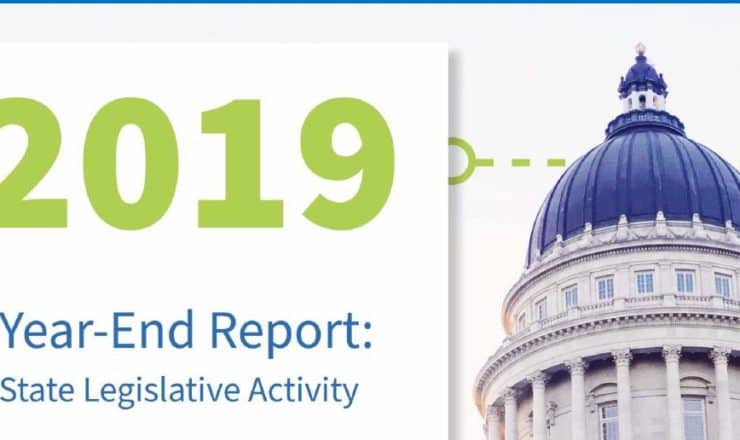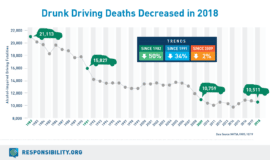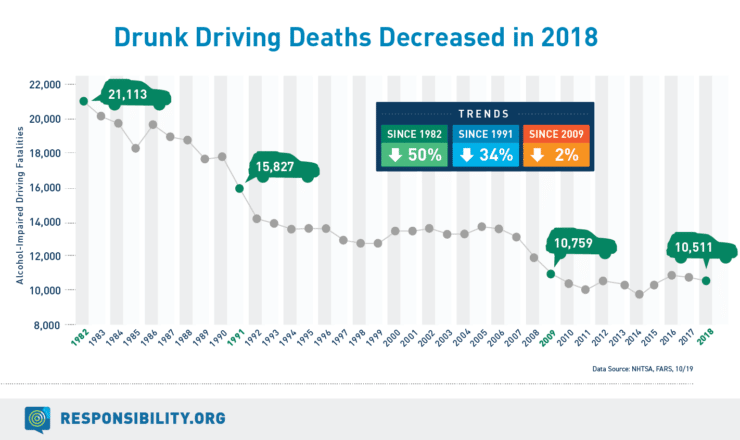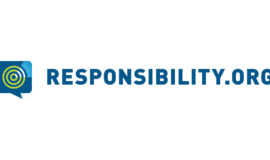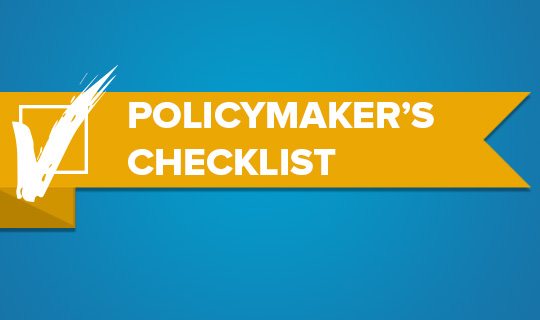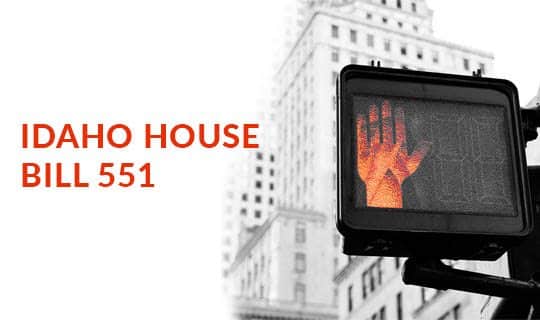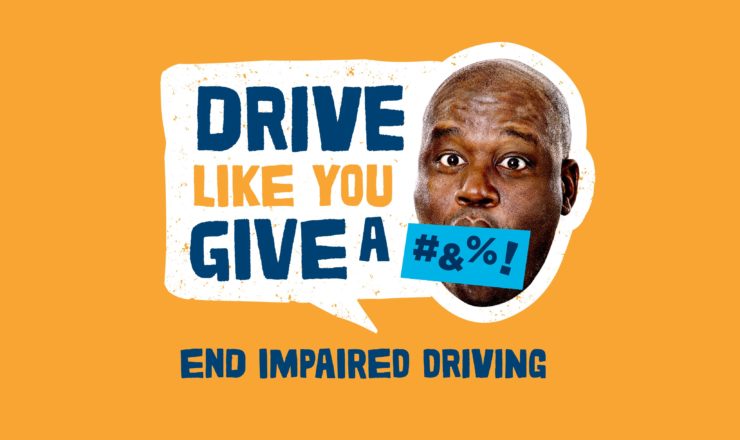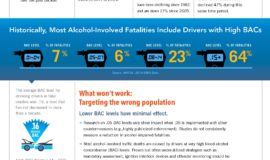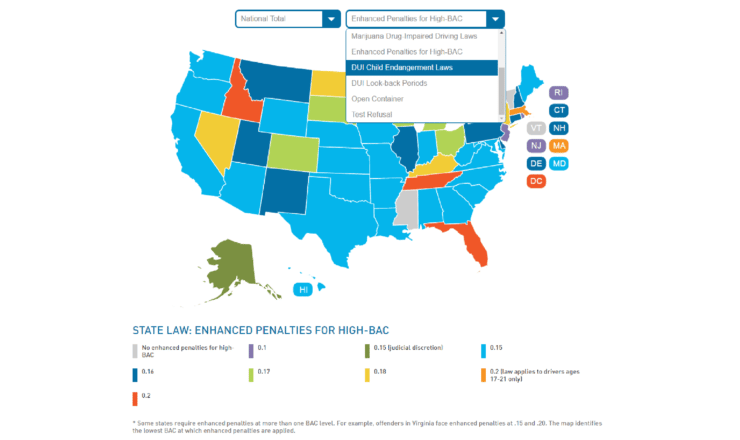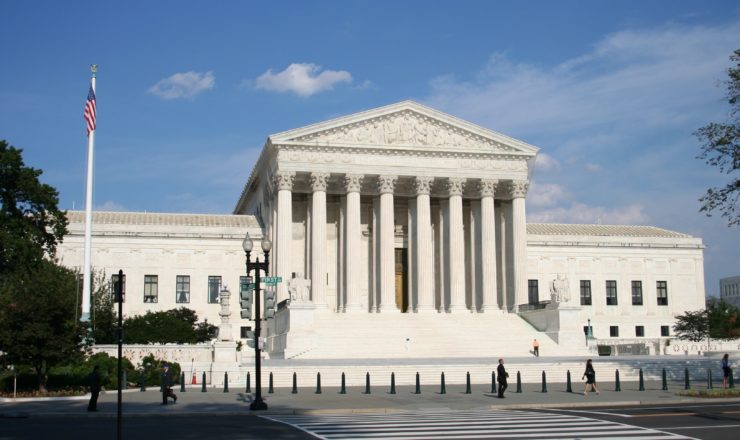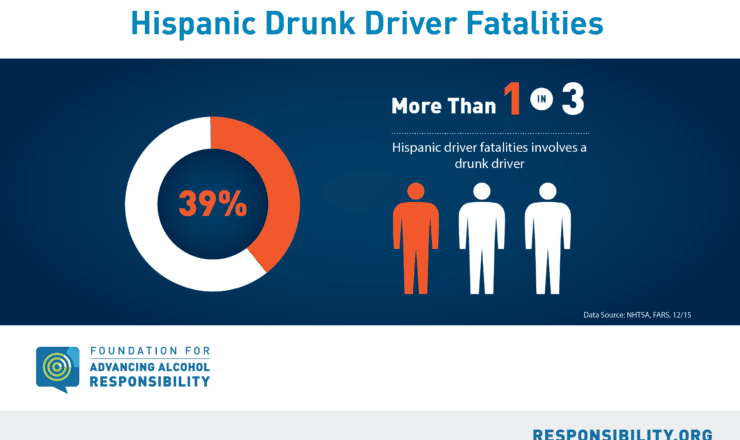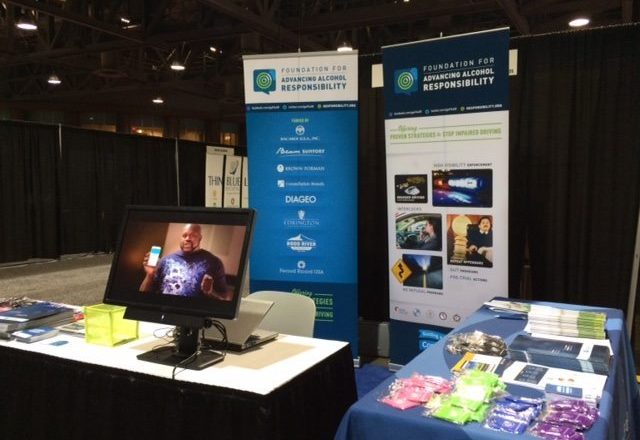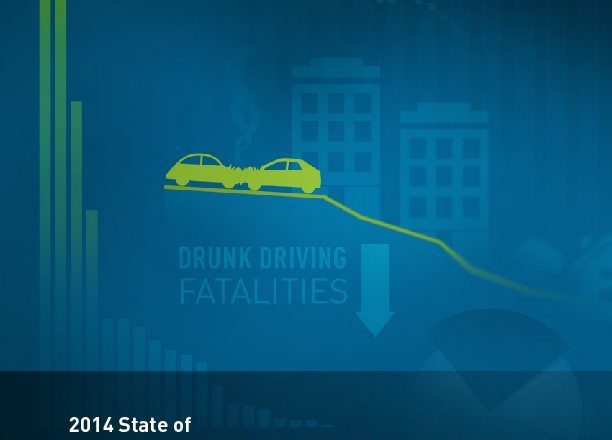Part 2: Why are 1st-offender ignition interlocks critical to ending DUI in MD?
To read Part One of this two-part series, please click here.
Monday we offered an in-depth discussion as to why first offenders are so dangerous. Today we’re examining why interlocks are needed as part of a comprehensive solution to address drunk driving in Maryland, even among first-time DUI offenders.
Interlocks should be utilized with all impaired driving offenders. Quite simply, these devices work and, while installed, they incapacitate offenders. In other words, this technology separates drinking from driving. Moreover, interlocks can act as a safety net for those offenders who require additional interventions to address alcohol issues, protecting both them and the public from drunk driving.
Other important reasons for implementing first offender interlock legislation in Maryland include :
Effectiveness. A substantial body of literature shows interlocks are highly effective in preventing alcohol-impaired driving for both repeat and first-time DUI offenders while they are installed. For example, more than 10 evaluations of interlock programs have reported reductions in recidivism ranging from 35-90% with an average reduction of 64% (Willis et al., 2004). Also, a recent study commissioned by the CDC that involved a systematic review of 15 peer-reviewed studies on interlocks revealed that, while the devices were installed, the re-arrest rate of offenders decreased by a median of 67% compared to groups who never had an interlock installed (Elder et al., 2011). Moreover, a study of New Mexico’s interlock program (Marques et al., 2010) examined the recidivism rate of first offenders arrested for aggravated DUI. This research found that offenders who participated in the program had a 61% lower recidivism rate while the device was installed and a 39% lower recidivism rate following the removal of the interlock when compared to offenders who never installed the device.
Maryland’s interlock program can accommodate an increase in participants. The Maryland Motor Vehicle Administration (MVA) oversees the state’s ignition interlock program. In many regards, this program is one of the strongest in the country from a management perspective. The MVA is one of only a handful of states that pioneered and utilizes a fully automated interlock monitoring program. This program ensures that all information and data from interlock vendors is received in a central database. The system analyzes this data and determines whether offenders have violated program rules. If violations are detected, the system generates the necessary action notices. This system greatly reduces workload and the need for additional staff and therefore, would allow Maryland to accommodate an influx in program participants if the first offender legislation were to pass. States that lack this type of automated system have a much bigger burden as it relates to program management.
Unlicensed driving. Literature reveals that between 25% and 75% of suspended or revoked drivers will continue to drive (Griffin III and De La Zerda, 2000; McCartt et al., 2002); in other words, these offenders learn that they can drive unlicensed and undetected. In order to overcome this problem, many states (such as Minnesota, New Mexico, and Washington) have either removed or greatly reduced the hard suspension/revocation period for offenders who install interlocks. The benefit of this practice is that the offenders install the device, which prevents them from starting their vehicle after drinking, and they remain within the licensing system.
Cost-benefits. Interlocks are an extremely cost-effective measure in reducing motor vehicle fatalities. When one considers the steep costs associated with impaired driving in the form of loss of life, loss of productivity, healthcare, court/corrections, and so forth, investment in a life-saving strategy offers great returns. Elvik (1999) found that installing an interlock in the vehicle of every individual convicted of impaired driving would yield a cost-benefit ratio of 8.75; in other words, for every dollar spent, a savings of approximately $9 would be accrued. Other studies reveal that requiring first offenders to install an interlock would accrue $3-7 in savings for every dollar invested in the program (Miller and Levy, 2000; Roth, 2007).
Widespread implementation. This strong convergence of scientific evidence has led to substantial growth in interlock programs within the last decade, along with a shift toward mandatory interlock laws for all DUI offenders. At present, all 50 states have passed some form of interlock legislation and achieved different degrees of program implementation. A total of 24 states and four California counties require the mandatory installation of interlocks for all DUI offenders. Similar legislation has been introduced in a number of other jurisdictions across the country (such as California, Kentucky, New Jersey, and Pennsylvania). States that have implemented all offender interlock legislation (such as Arizona, Louisiana, New Mexico, and Oregon) have seen reductions in drunk driving fatalities by more than 30%. These statistics alone justify the use of this life-saving technology.
For all of these reasons, it is imperative that the Maryland House of Delegates pass HB 872. They say that for every action there is an equal and opposite reaction. In Maryland, it is legislative inaction that is leading to devastating consequences.



